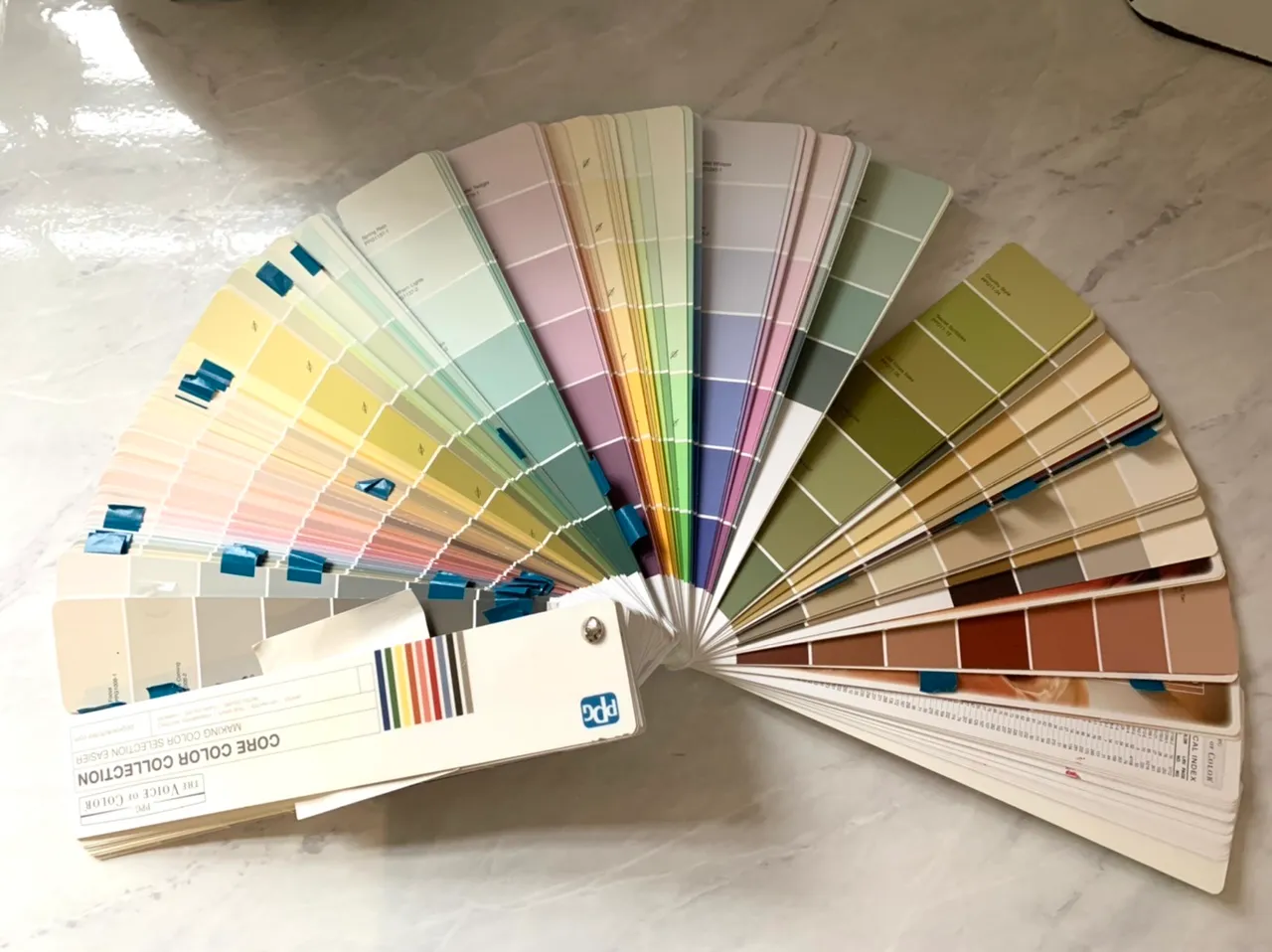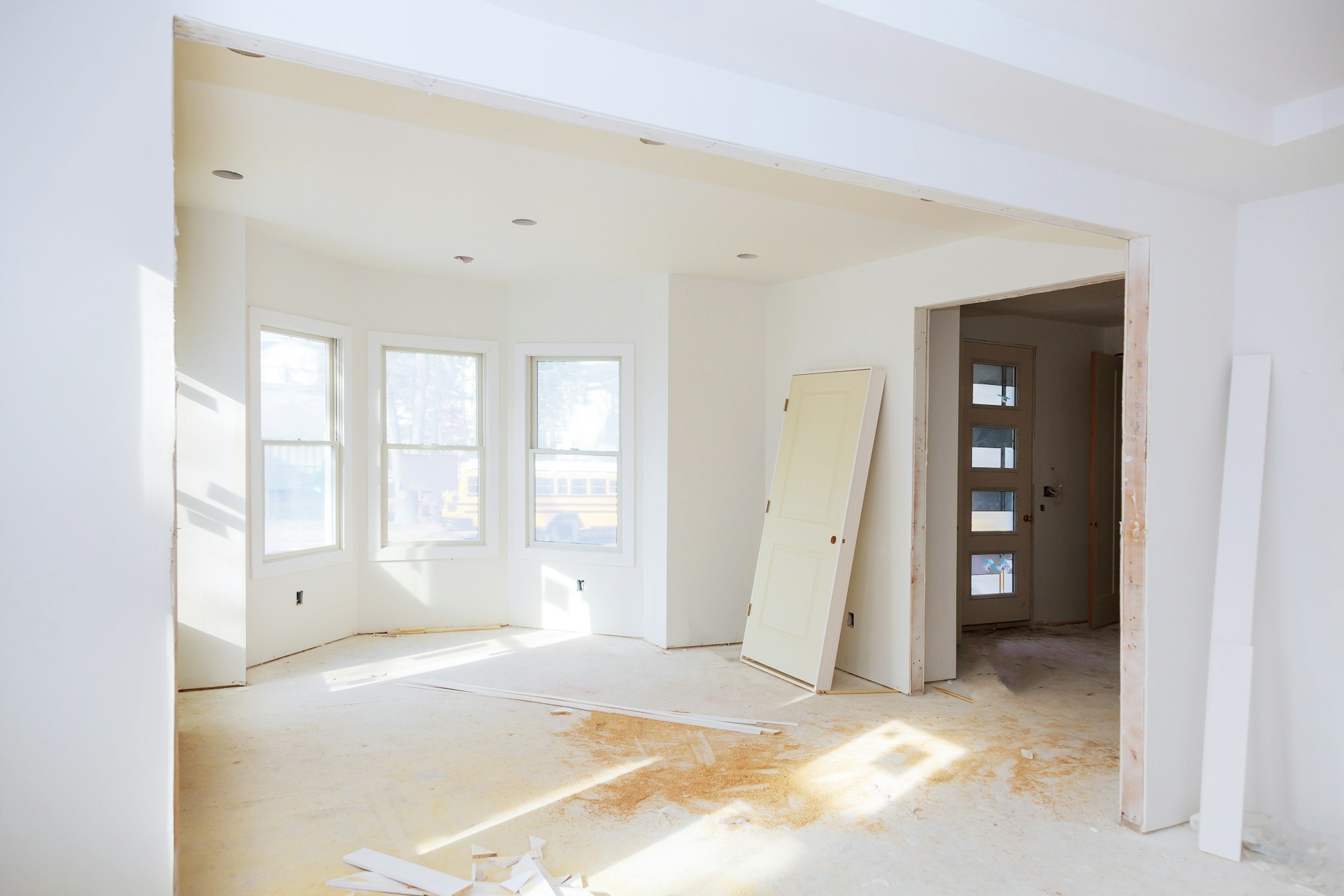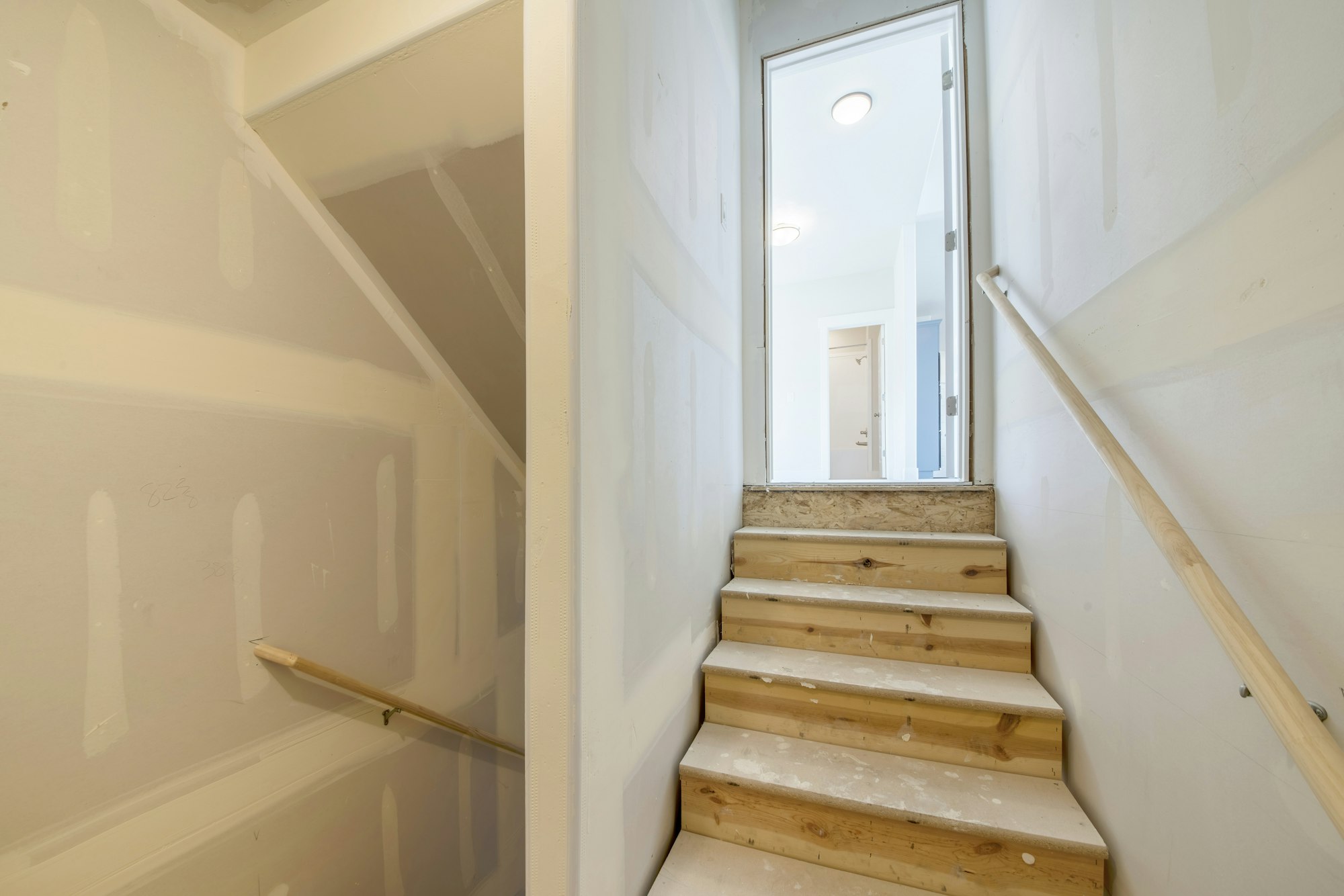From Boring to Bold: How to Choose the Right Paint Colors for Your Home
Choosing the right paint colors can completely transform the look and feel of your space. Whether you’re renovating your home, moving into a new apartment, or just looking to refresh your current decor, selecting the right paint colors is a crucial step in the process. It’s difficult to choose a hue when there are so many to choose from. In this guide, we’ll break down the key factors to consider when making paint color selection and provide tips for selecting colors to create the desired atmosphere in your space.
Understanding Color Theory
Learning the fundamentals of color theory is a prerequisite to exploring specific color schemes. The field of research known as “color theory” examines the psychological and physiological effects of color combinations. Red, blue, and yellow are the primary colors. You can’t get these hues by blending different ones. When two primary colors are combined, a secondary color is produced. Green, orange, and purple are the secondary hues. Tertiary colors are created when primary and secondary colors are mixed together.
Understanding these color relationships will help you make informed decisions when selecting paint colors.
Consider the Mood You Want to Create
The desired atmosphere of a room is a crucial consideration when choosing paint colors. Different colors evoke different emotions, so choosing colors that align with the mood you’re trying to achieve is important. For instance, bedrooms and baths would benefit from blues and greens’ relaxing and soothing effects. Reds and oranges are energizing and stimulating, making them better suited for living rooms and kitchens.
Consider the Natural Light in Your Space
The colors you see on your walls may also be affected by the amount of natural light that enters the room. If your space receives a lot of natural light, you may want to opt for cooler colors like blues and greens, as they will appear brighter and more vibrant. If your space lacks natural light, warmer colors like yellows and oranges can help create a cozy and inviting atmosphere.
Choose a Focal Point
When selecting paint colors, it’s important to consider the room’s focal point. A focal point is an element in the room that draws the eye and serves as the space’s centerpiece. For example, the focal point in a living room may be a fireplace or a piece of artwork. Choosing a paint color that complements the focal point can help tie the room together and create a cohesive look.
Consider the Existing Decor
The existing decor in your space can also play a role in your paint color selection. If you have a lot of neutral decors, you may want to opt for bold and vibrant colors to add some visual interest to the space. If you have a lot of colorful decors, you may want to choose a more neutral paint color to create a balance in the space.
Test Your Paint Colors
Before committing to painting color, testing the color in your space is important. Paint swatches can look different in different lighting conditions and can also appear different when applied to a large surface. To test your paint colors, purchase small samples of the colors you’re considering and paint a small area of your wall. This will allow you to see how the color looks in your space and how it interacts with the existing decor.
Consider the Finish
In addition to color selection, it’s important to consider your paint’s finish. The finish is the level of gloss achieved by the paint. Common finishes include matte, eggshell, satin, and gloss. Matte finishes are flat and ideal for imperfect walls, as they can help mask flaws. Eggshell finishes are suitable for high-traffic areas like hallways and kitchens because of their modest gloss and ease of cleaning compared to matte finishes. Satin finishes have a higher sheen than eggshell and are also easy to clean, making them a popular bathroom choice. Gloss finishes have the highest sheen and are extremely durable but are less commonly used on walls.
Consider Your Personal Style
Ultimately, the colors you choose for your space should reflect your personal style and taste. Choose whites, grays, and beiges if you’re going for a streamlined appearance. If you prefer a bold and colorful look, you may want to choose vibrant hues like yellows, oranges, and blues. Try out several hues and coatings until you discover something that works for you.

Selecting the Right Paint Color for Each Room
Now that we’ve covered the key factors to consider when selecting paint colors let’s look at some specific color options and how they can be used in different rooms.
Living Room: The living room is often the home’s focal point, so it’s important to choose colors that create a welcoming and inviting atmosphere. Neutral colors like beige, gray, and cream are popular choices for living rooms, as they create a calm and relaxing environment. If you want to add some color to your living room, consider shades of blue or green, which are calming and soothing.
Bedroom: The bedroom should be a peaceful and restful space, so choosing colors that promote relaxation is important. Because of their relaxing effects, blues and greens are frequently used in bedrooms. Soft pinks and purples can also work well in bedrooms, as they are soothing.
Kitchen: The kitchen is often the busiest room in the house, so choosing colors that create a lively and energetic atmosphere is important. The use of warm, vibrant colors like red, orange, and yellow has boosted hunger and set the mood. If you prefer a more muted look, consider shades of green or blue, which can create a calming effect.
Bathroom: The bathroom is a space where you want to feel clean and refreshed, so choosing colors that promote a sense of cleanliness is important. Whites and grays are popular bathroom choices, as they create a clean and minimalist look. Shades of blue and green can also work well in bathrooms, as they create a calming and spa-like atmosphere.
Conclusion
Picking paint colors may be both a pleasurable and stressful experience. By considering factors like the mood you want to create, the natural light in your space, and the existing decor, you can choose colors that create the desired atmosphere in your home. Don’t hesitate to try various color schemes and materials to see what works best in your room. You may make your house a home by investing in the time and effort required to research and plan the project.
Looking for a reliable contractor to help with your home renovation project? Look no further than Contractor Home Quotes! Our team of experienced professionals is here to provide you with top-notch service and quality workmanship. Whether you’re looking to update your kitchen, remodel your bathroom, or add a new addition to your home, we’ve got you covered. Don’t wait any longer to get started on your dream home – contact us today at Contractor Home Quotes for a personalized quote!
FAQs
How many different colors can I use in a single room?
There’s no specific rule for the number of paint colors to use in a room, but generally, it’s recommended to stick to a maximum of three colors to avoid overwhelming the space. You can use one color for the walls, another for the ceiling or trim, and a third for accents such as throw pillows or curtains.
Should I choose light or dark colors for my small room?
For a small room, it’s generally recommended to use light and bright colors as they can make the room feel more spacious. Dark colors, on the other hand, can make a small room feel even smaller and more cramped.
Can I use the same paint color throughout my entire house?
Using the same paint color throughout your house can create a cohesive look, but it can also be monotonous. Consider using various shades of the same color or complementary colors in different rooms to add variety and interest.
How do I choose a paint color for a room with little natural light?
Rooms with little natural light can benefit from warm, bright colors such as yellows, oranges, and light greens. Avoid using dark colors or cool colors such as blues and grays, which can make the room feel even darker.
What’s the best way to test paint colors before committing?
The best method to test paint colors is to apply the color to a small section of the wall and observe it throughout the day in various lighting conditions. You can also use paint samples or swatches to compare colors and see how they look next to your existing decor.








